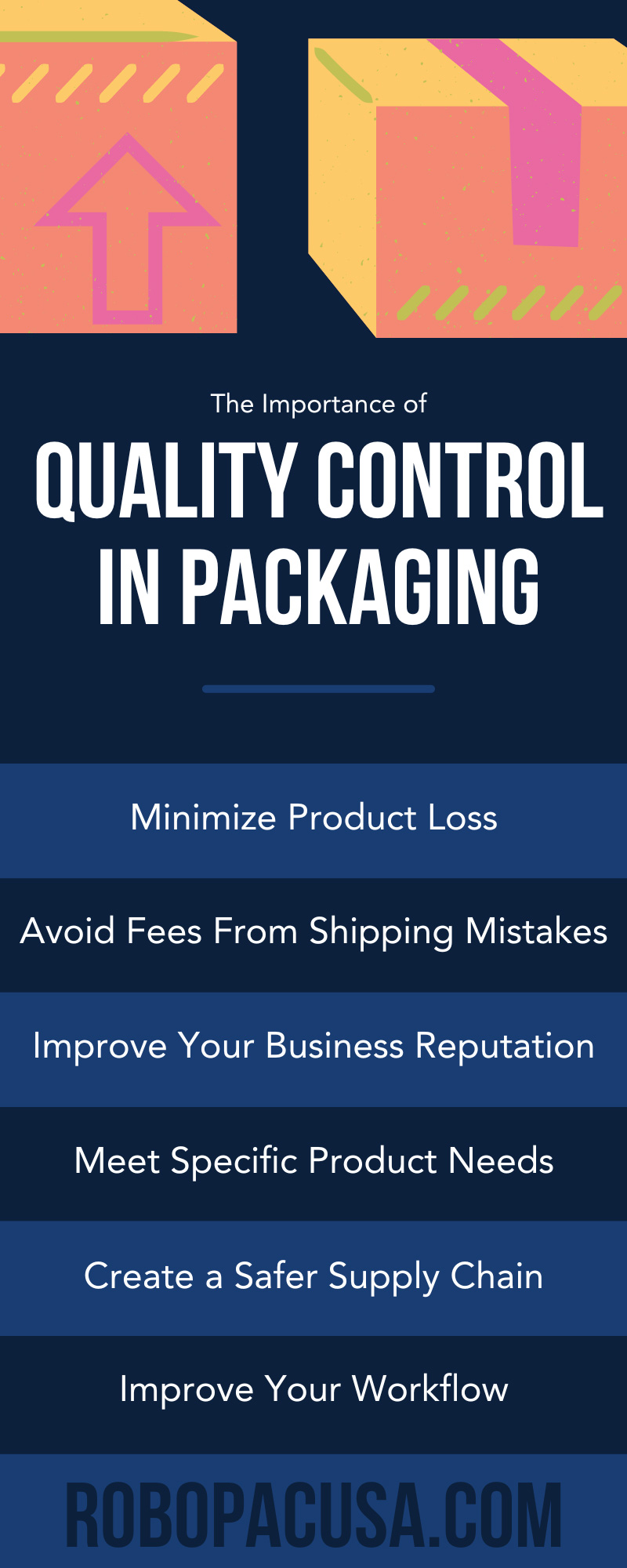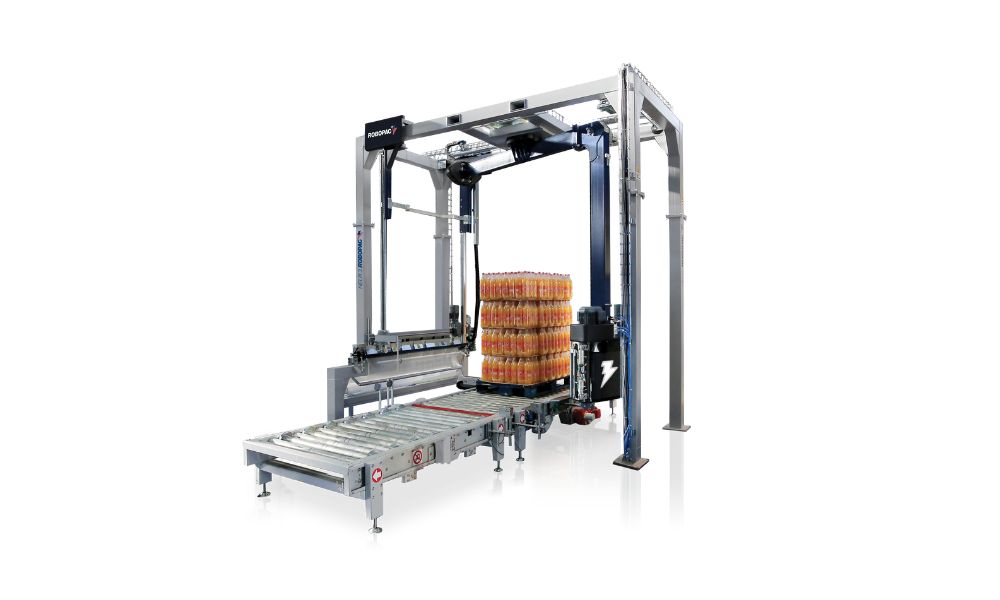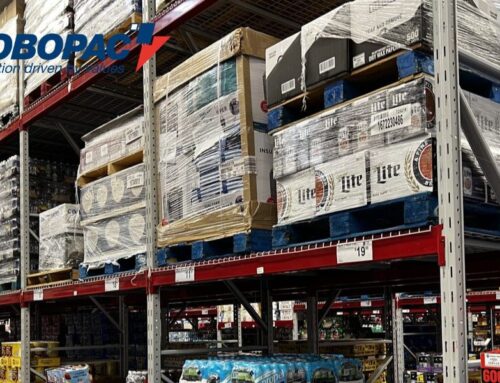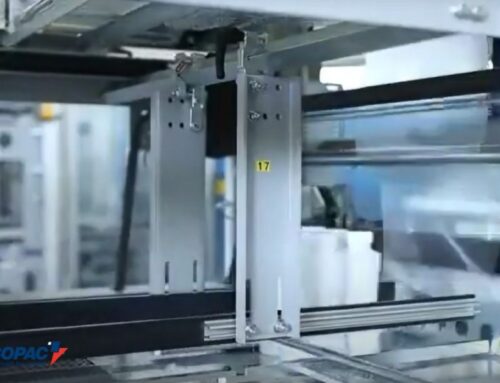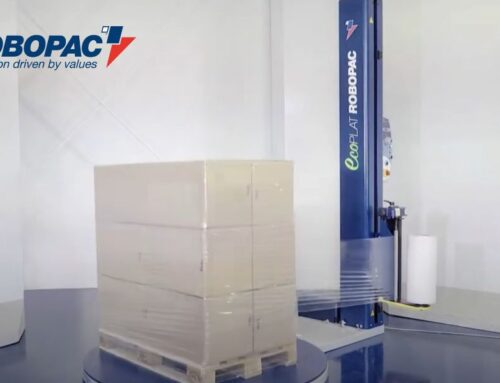Businesses have a responsibility to provide products that customers can rely on. In addition to improving the quality of the products themselves, this also means delivering those products in a safe and timely manner with minimal damage or loss.
There are plenty of ways to ensure product quality and reliability, but one of the most important aspects is packaging. How do you guarantee good packaging? Comprehensive quality control procedures can help. Practices like inspections and testing allow you to identify shortcomings in your packaging process. From there, you can improve your practices and create a more dependable and efficient packaging workflow. Learn more about the importance of quality control in packaging and see what benefits quality control practices can offer your supply chain with this guide.
Minimize Product Loss
Weak packaging, unstable product loads, and other packaging mistakes can cost you a lot of money and resources as time goes on. Quality control processes catch packaging mistakes early on so you can fix the issue before it leads to significant product damage. This helps you minimize product loss in the supply chain, which, in turn, minimizes lost sales due to unfulfilled orders or frustrated customers.
In addition to helping catch specific instances of mistakes, quality control processes also help you identify repetitive mistakes in your packaging line. This allows you to locate areas that need adjustments, correct ongoing issues, and improve your processes over time.
Avoid Fees From Shipping Mistakes
From logistics partners charging you for improper pallet labeling to compensation for employee injuries, poor packaging processes can lead to a lot of extra costs. If your business doesn’t have the money to handle these unexpected expenses, you can face some serious complications. That’s why businesses use quality control inspections to avoid shipping mistakes and minimize unexpected costs.
Quality control practices help you monitor your processes and ensure the products that leave your facility meet proper standards and compliances. Even small mistakes can lead to major accidents down the line. By catching problems before products leave your facility, you can correct any mistakes and prevent costly fines.
Improve Your Business Reputation
High-quality end-of-line packaging means your products make it to store shelves without damage. By improving your product packaging, you make your products more attractive, safer, and more durable—this means goods sell faster. At the same time, secondary packaging protects your primary packaging and products to ensure they arrive in pristine condition. All of this helps create satisfied customers, which ultimately means repeat business.
Greater customer satisfaction is the key to building a brand that is synonymous with quality and reliability. Happy customers, positive reviews, and client referrals all help build your brand and boost your company’s reputation for quality and dependability.
Meet Specific Product Needs
Many products have unique requirements you must meet to package and ship them safely. From fresh produce that needs breathable netting stretch film or roping of pallets and refrigerated shipping to bulky furniture pieces that require special equipment to wrap, secure, and transport them, finding solutions for these products can be a challenge.
Quality control procedures help you refine your packaging processes to meet the specific needs of your products. By monitoring current packaging practices and performance, you can find ways to increase the effectiveness of your packaging. This helps you improve quality, safety, and efficiency when handling an array of products in your supply chain.
Create a Safer Supply Chain
There are a lot of accidents that can stem from poorly packaged products. Unbalanced pallets can spill or tip over onto employees. Poor containment force when stretch wrapping pallets can also cause products to shift, tip over, or fall apart, leading to loose products that create hazards for anyone working in the area. You might also have to contend with product leaks, sharp corners or jagged edges on pallets and cases, and other dangers because of improper product packaging. All of these hazards make handling and transporting your products challenging, putting employees at risk.
Quality control processes help catch these dangers so that you can correct them quickly. This helps minimize accidents and injuries in your workflow, creating a safer supply chain for both employees and products.
Improve Your Workflow
Another key benefit of quality control in packaging is that it helps you catch mistakes before they create serious consequences for your business. By monitoring your processes, correcting errors, and identifying areas that aren’t up to standard, you can analyze your current workflow and set goals for improvement. The information you learn from your quality control inspections and tests allows you to make continuous changes to your workflow. With a comprehensive view of what works and what doesn’t, you can make informed decisions that create a safer, more productive, and more efficient workflow. In addition to improving packaging quality, this allows you to enhance your offerings and provide your clients with smarter, more reliable services.
Tips for Improving Quality Control in Packaging
How do you implement better quality control practices in your business? Specific methods will vary depending on how your business operates, but generally speaking, inspections and tests are a great way to monitor the quality of your current packaging and processes.
Conduct Random Inspections
Inspections give you a glimpse into the quality of your daily workflow. By pulling and inspecting random product loads throughout the day, you can get an idea of the current state of your packaging processes. Your quality control inspections should include a checklist of business and industry standards. Look for things like clear and legible shipping marks, correct labeling, correct assortment and number of units, clear barcodes, and undamaged packaging seals.
As you conduct these inspections, remember that singular product loads don’t necessarily reflect the state of your overall packaging line. Keep an eye out for ongoing trends to get a clearer idea of which parts of your workflow need the most improvement.
Perform Damage Tests for Packaging
Damage tests help make sure your packaging holds up as it moves through the supply chain. Drop tests, impact simulators, and other testing practices simulate the rough handling that your products might face during shipping. By putting a sample product through testing at Robopac’s TechLab testing facility, you can then inspect for damage and see how shock, impact, vibrations, and other movements affect both the packaging and the product it protects. Tests like these allow you to perfect your packaging design and refine your processes to ensure cases and pallets properly protect products as they move through the supply chain.
Invest in Quality Packaging With Robopac USA
When you choose Robopac USA as your secondary packaging equipment supplier, you gain high-quality packaging processes from the start. Visit us today to explore our rotary arm stretch wrapping machines and other optimized equipment for your packaging line.
